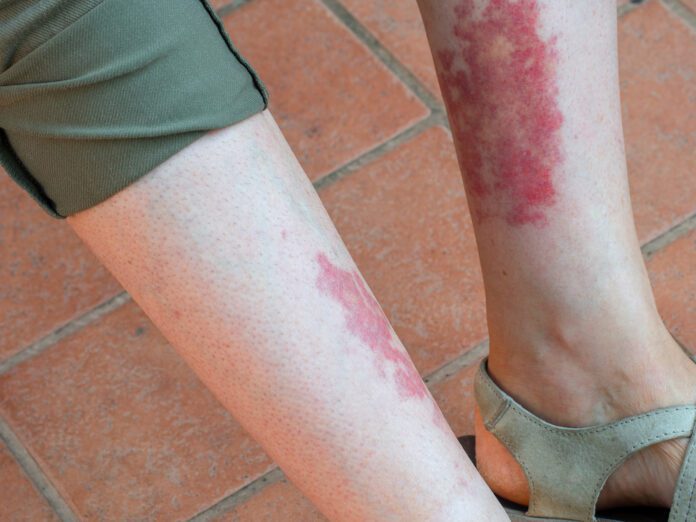Overview Of Angiitis
Angiitis is synonymous with the term Vasculitis. Vasculitis is an inflammation of the blood vessels. It happens when the body’s immune system attacks the blood vessel by mistake. It can happen because of an infection, a medicine, or another disease. The cause is often unknown.
Vasculitis can affect arteries, veins, and capillaries. Arteries are vessels that carry blood from the heart to the body’s organs. Veins are the vessels that carry blood back to the heart. Capillaries are tiny blood vessels that connect the small arteries and veins.
When a blood vessel becomes inflamed, it can:
- Narrow, making it more difficult for blood to get through
- Close off completely so that blood can’t get through
- Stretch and weaken so much that it bulges. The bulge is called an aneurysm. If it bursts, it can cause dangerous bleeding inside the body.
Symptoms of vasculitis can vary, but usually include fever, swelling, and a general sense of feeling ill. The main goal of treatment is to stop the inflammation. Steroids and other medicines to stop inflammation are often helpful.
Synonyms With
- Angiitis
Causes Of Angiitis
Signs & Symptoms
Vasculitis is a general term that means inflammation of blood vessels. This inflammation causes a narrowing of the inside of the vessel and can obstruct the flow of blood to the tissues (ischemia). The lack of blood may result in damage to nearby tissues (necrosis), formation of blood clots (thrombosis), and, in rare cases, a weakening or ballooning that may rupture of the vessel wall (aneurysm).
Arteries and veins of all sizes and in all parts of the body may be affected. Vasculitis may be limited to only one location or certain organs (localized or isolated) such as the skin, brain, or specific internal organs. In other cases, vasculitis may affect multiple areas or organs of the body at the same time (systemic or generalized). It may occur alone or as a complication of many other disorders.
The symptoms of vasculitis are many because of the wide variety of body systems it can affect. Depending on the system involved there may be muscle pain, joint pain, fever, weight loss, loss of appetite (anorexia), headache, or generalized weakness. There may also be ulcers of the mouth, hoarseness, night sweats, high blood pressure (hypertension), abdominal pain, diarrhea, blood in the urine (hematuria), or kidney (renal) failure. Eye inflammation and blurred vision are also symptomatic, and in very severe cases blindness can occur. When the respiratory system is involved there may be an inflammation of the sinuses, runny nose, asthma, a cough with or without bleeding (hemoptysis), shortness of breath (dyspnea), nosebleeds (epistaxis), or an inflammation of the membranes of the lungs.
When vasculitis affects the skin there may be lesions that are flat and red (macules), nodules, and hemorrhages under the skin (purpura). These lesions may occur on any area of the body but are seen more frequently on the back, hands, buttocks, the inside area of the forearms and the lower extremities. These skin symptoms may occur only once or at regular intervals. They will usually last for several weeks and may leave darkened spots or scarring. In some cases of vasculitis there may be wheel-like lesions that cause intense itching (urticaria), or ring-shaped lesions and ulcers. Blister-like lesions (vesicles, bullae) may develop in severe cases.
Treatment Of Angiitis
Treatment of vasculitis depends on the cause and symptoms of the underlying disease and the specific organs of the body that are affected. The drugs prednisone, cyclophosphamide, methylprednisolone and pentoxifylline have proven to be successful in treating the autoimmune form of vasculitis. Other treatment is symptomatic and supportive.



